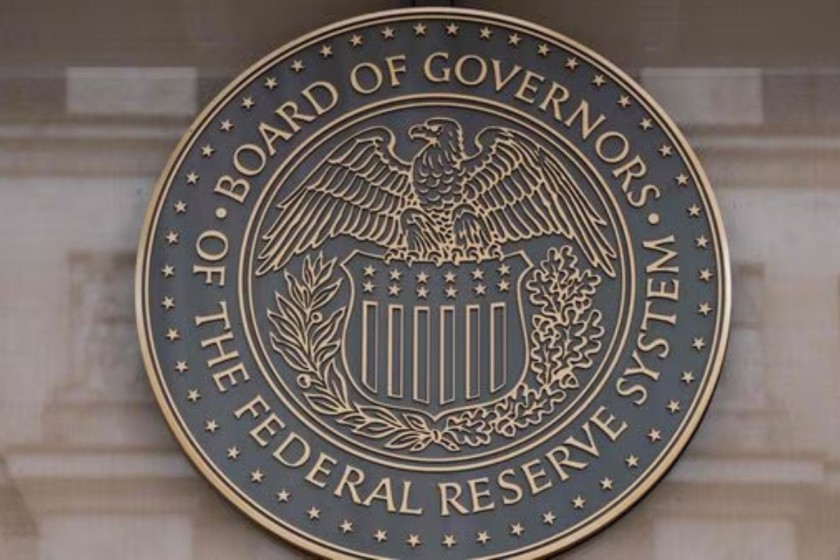- July 27, 2023
Assessing the impact of Fed’s rate hike on global financial markets

Fed’s rate hike spree and its potential impact on Indian economy and foreign investments is a captivating subject.
As an observer of global economic trends, I find myself intrigued by the ripple effects of decisions made by the world’s most powerful central bank, the US Federal Reserve (Fed). Over the past 16 months, the Fed has embarked on an aggressive interest rate hike spree, one of the most aggressive in the central bank’s history.
This spree, however, took a pause at their last meeting on June 14th, which was as expected. Despite a decrease from last summer’s peak levels, the US inflation rate remains significantly above the Fed’s target rate of 2%.
Consequently, I anticipate another 25-basis point increase during their July 25-26 meeting.
The interconnectedness of global economies is a fascinating phenomenon. The US, as the world’s largest economy, holds substantial sway over global financial markets. When the Fed adjusts interest rates, the effects are felt worldwide, influencing both developed and emerging economies.
One such impact is the influence of US Federal Reserve rate hikes on the Indian economy and its foreign investment landscape. Interest rates significantly shape the investment decisions of businesses and consumers. Higher interest rates increase borrowing costs, potentially causing companies and investors to hesitate before taking on debt. Conversely, lower interest rates can stimulate borrowing, thereby encouraging investments, expansions, and trade activities. The US Fed’s pivotal role in setting interest rates can thus shape market sentiments and the foreign investment landscape in India.
Conventional wisdom suggests that higher interest rates in the US would make American assets more appealing to investors, potentially leading to capital outflows from emerging and riskier markets. In such a scenario, capital-intensive sectors, which heavily rely on Foreign Direct Investments (FDIs), could be the first to feel the impact. Higher US interest rates could lead to a tightening of global liquidity, making borrowing more expensive for foreign investors.
However, the reality has been quite different. India received its highest annual FDI inflow of USD 83.57 billion in FY21-22, a figure expected to reach $100 billion in FY2022-23. Even the equity market is witnessing a shift in sentiments, with Foreign Portfolio Investments (FPI) of Rs 43,838 crores in Indian equities in May, the highest in 9 months.
These are not mere coincidences or flukes. As of 2022, the Indian economy ranked among the top 5 for the first time ever, and by 2030, it is projected to be the third-largest, trailing only the US and China. India’s high growth trajectory over the last 10-15 years, GDP growth of 7% in 2022 outshining the US (2.1%), the EU (3.5%), and China (3%), and major structural improvements by making huge investments in urban and rural infrastructures like roads, communication infrastructure, expansions and increase in port capacity, etc. along with ease of doing business over the few years have put India in a better position than ever before.
The signing of Free Trade Agreements (FTAs) with various nations, especially the Comprehensive Economic Partnership Agreement (CEPA) with the UAE in 2022, has further fuelled India’s growth. Additionally, India’s unique demographic advantage, its largely young population, sets it apart from other economies.
In conclusion, while the short-term effects of another US Fed rate hike may manifest as a liquidity crunch, I believe there will be no major impact on the market sentiment and foreign investment in India. The resilience and growth potential of the Indian economy, coupled with its strategic improvements and demographic advantage, make it an attractive destination for foreign investment, regardless of global interest rate trends.
Written by Swati Babel. The author is a cross-border trade finance business specialist.
